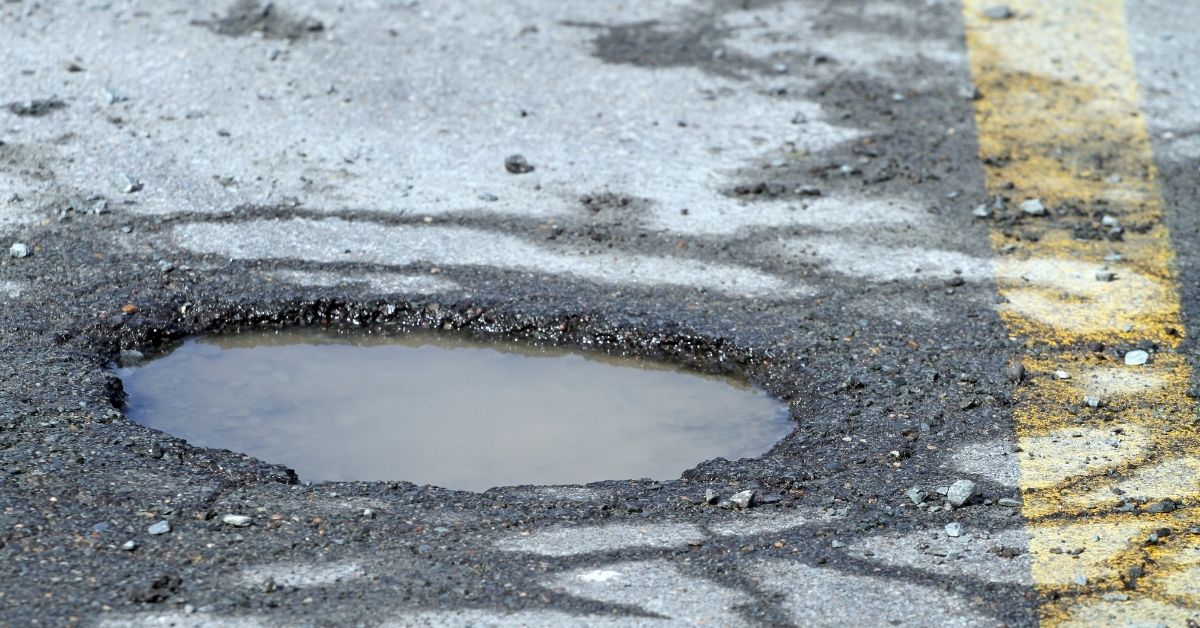How to Prove Negligence In a Slip and Fall Case

Slip and fall accidents can occur in various settings, from grocery stores to public sidewalks. These accidents can result in severe injuries, including broken bones, head injuries, and even permanent disability. Have you been injured in a slip and fall accident due to someone else’s negligence? You may be able to file a personal injury claim and seek compensation for your damages. In this article, we will discuss how to prove negligence in a slip and fall case.
What is Negligence in a Slip and Fall Case?
Negligence in a slip and fall case refers to the failure of a property owner or occupier to maintain a reasonably safe environment for their visitors or customers. Negligence can occur in various ways. Such as failing to clean up spills promptly, leaving debris or obstacles in walkways, or not repairing damaged flooring. To prove negligence in a slip and fall case, you must show that the property owner or occupier breached their duty of care to maintain a safe environment and that this breach caused your injuries.
How to Prove Negligence in a Slip and Fall Case?
Document the Scene
The first step in proving negligence in a slip and fall case is to document the scene of the accident. Take photos of the area where the accident occurred, including the hazard that caused your fall. If there were any witnesses to the accident, get their contact information and statements about what happened. If possible, report the accident to the property owner or manager and ask for a written report of the incident.
Seek Medical Attention
Seeking medical attention after a slip and fall accident is essential for both your health and your claim. Even if you don’t feel injured, you should still see a doctor to ensure that you don’t have any underlying injuries that could worsen over time. Medical records and bills can also serve as evidence of the injuries you sustained due to the slip and fall accident.
Establish Duty of Care
To prove negligence in a slip and fall case, you must establish that the property owner or occupier owed you a duty of care to maintain a reasonably safe environment. This duty of care applies to visitors and customers on their property. For example, a store owner has a duty of care to keep the aisles clear of obstacles and spills.
Show Breach of Duty of Care
After establishing that the property owner or occupier had a duty of care, you must show that they breached this duty. This means proving that they knew or should have known about the hazard that caused your slip and fall accident and failed to take reasonable measures to prevent it. For example, a store owner who knew about a spill in the aisle but failed to clean it up promptly could be considered negligent.
Prove Causation
To prove negligence in a slip and fall case, you must show that the breach of the duty of care caused your injuries. This means demonstrating a direct link between the hazard that caused your fall and the injuries you sustained. For example, if you slipped on a wet floor and sustained a broken wrist, you must show that the wet floor caused your fall and resulted in your broken wrist.
Show Damages
Finally, to recover damages in a slip and fall case, you must show that you suffered damages due to the accident. Damages can include medical bills, lost wages, pain and suffering, and other related expenses. Providing evidence of these damages, such as medical bills and wage statements, can help prove your case and ensure that you receive fair compensation.
Proving Negligence Can Be Challenging
Proving negligence in a slip and fall case can be challenging. But, by following these steps, you can increase your chances of success. Documenting the scene, seeking medical attention, establishing a duty of care, showing a breach of duty of care, proving causation, and demonstrating damages are all crucial factors in building a strong slip and fall case. Remember, the burden of proof is on you as the plaintiff. You have to show that the property owner or occupier was negligent and that this negligence caused your injuries. By gathering as much evidence as possible, you can increase your chances of success in your claim.
Laws Vary By State
It’s also important to note that the laws surrounding slip and fall cases vary by state. In some states, the property owner or occupier must have actual knowledge of the hazard that caused your fall, while in others, they only need to have constructive knowledge, meaning that they should have known about the hazard if they were exercising reasonable care.
Contact a Slip and Fall Accident Attorney
If you have been injured in a slip and fall accident, you need to seek compensation from the liable parties immediately to pay for the long term costs of treating your injuries. B|B Law Group has a team of experienced Los Angeles Personal Injury Attorneys that are ready to help. We can help you document your injury, prove fault, and negotiate a fair settlement to pay for your medical treatments. So if you’ve been injured in a slip and fall accident, contact us today for a free consultation to see how we can help you.
Los Angeles Personal Injury & Employment Law Firm
At B|B Law Group, our goal is simple: preserve and protect the legal rights of the people of Southern California. Our award winning team of attorneys are experienced in the fields of personal injury, employment and habitability law, and it is our mission to provide our clients with the best legal representation.
If we don’t win, you don’t pay
If your case isn’t successful, you have our guarantee that you won’t have to pay for anything. No hidden fees, costs or conditions — that’s our promise.


